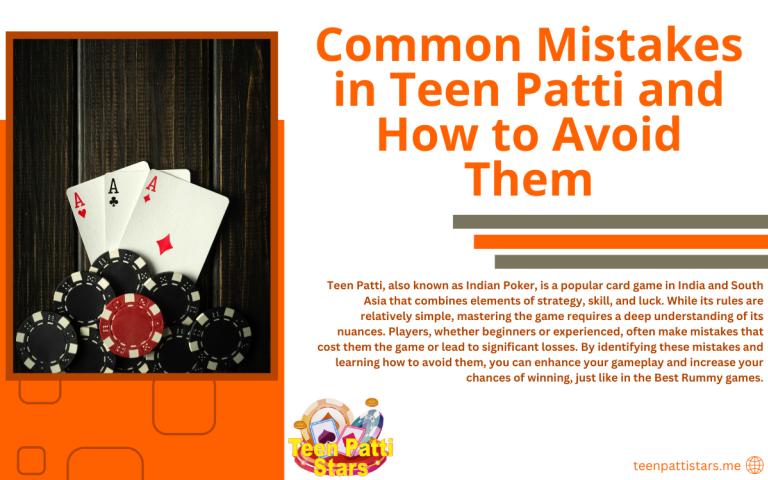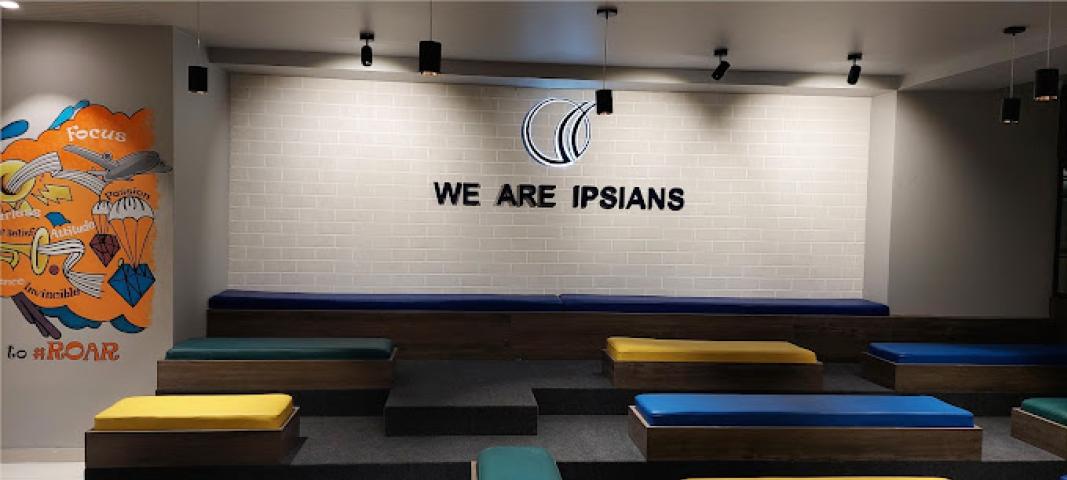
Are you still following the old-school retail tactics to revolutionize shopping?
It is quite evident that what was once dominated by brick-and-mortar retail stores is now a dynamic blend of phygital (physical + digital) experiences. Metaverse offers a virtual universe where consumers can interact with brands and products in unprecedented ways.
It is no longer a distant concept, but rather a thriving reality with enormous potential for the retail industry. It is a space where brands can break free from physical constraints, create immersive experiences, and form deeper connections with their audiences. Those who jump on this new frontier will be able to redefine the future of shopping and gain a competitive advantage.
By understanding and leveraging metaverse development, brands can create immersive experiences, build customer loyalty, and drive sales. It’s time to break free from traditional retail constraints and embark on a journey into the exciting world of the metaverse.
Are you ready?
Customer-Centric Metaverse Development: Identifying The Target Audience
Having a thorough grasp of the target market is essential to creating a metaverse strategy for retail that works. By putting your audience’s wants, preferences, and behaviours first, customer-centric metaverse development makes sure that the virtual experiences you produce are worthwhile, interesting, and timely. The target market for the metaverse platforms development for the retail sector can be found using the methodical process outlined below:
Segment Your Audience
Starting with grouping your audience according to different attributes like psychographics, behaviour patterns, and demographics will help you target them more successfully in the metaverse. Key segments might include:
- Demographics: Age, gender, income, education level, and geographic location.
- Psychographics: Interests, life>
- Behavioral Patterns: Shopping habits, product preferences, and digital engagement levels.
Your metaverse experiences can be customised to fit the unique requirements and tastes of various groups by developing thorough customer personas for each segment.
Analyze Digital Behavior
It is imperative to comprehend the ways in which your target audience uses digital platforms. Examine information from your website, social media accounts, and online shopfronts to learn more about:
- Online Shopping Behavior: How often do they shop online? What types of products are they interested in? What is their average spend?
- Content Engagement: What type of content do they engage with most? Videos, blog posts, social media posts, etc.
- Device Usage: Are they primarily using mobile devices, desktops, or other digital interfaces?
Your metaverse experiences can be designed with this data to better suit the digital habits and preferences of your target audience.
Engage Directly with Your Audience
Use focus groups, surveys, and community forums to interact directly with your audience. Enquire to learn more about their goals and expectations for a metaverse shopping experience:
- Preferred Features: What features would they like to see in a virtual shopping environment? (e.g., virtual try-ons, live product demos, social shopping experiences)
- Pain Points in Current Experiences: What do they dislike about current online or in-store shopping experiences?
- Virtual Interaction Preferences: How do they prefer to interact with brands in a virtual space? (e.g., through avatars, live chat, virtual assistants)
When creating a customer-centric metaverse strategy, getting direct feedback from your audience is crucial.
Leverage Social Tools
Social media tools let you keep an eye on discussions taking place on different social media platforms regarding your brand and industry. By analyzing these conversations, you can:
- Identify Trends and Preferences: What are the latest trends your audience is talking about? What do they value in a shopping experience?
- Understand Pain Points: What are the common frustrations or challenges your audience faces in their shopping journey?
- Gauge Sentiment: How does your audience feel about your brand and products? Positive, negative, or neutral?
With the use of this qualitative data, your target audience can be better understood comprehensively, supplementing your quantitative analysis.
How the Metaverse Can Supercharge Your Retail Business?
The metaverse offers retailers a once-in-a-lifetime chance to revitalise their customer experiences and spur expansion. Businesses can open up a world of opportunities that go far beyond traditional retail by embracing this virtual world.
Enhanced Customer Experience
- Immersive Shopping Environments: Create captivating virtual stores that transport customers to unique and engaging worlds.
- Virtual Try-Ons: Revolutionize product discovery with virtual try-on experiences for apparel, accessories, and even home decor.
- Personalized Recommendations: Leverage data to offer tailored product suggestions and create highly personalized shopping journeys.
- Interactive Product Demonstrations: Showcase product features and benefits in interactive and engaging ways.
Increased Customer Engagement
- Gamification: Incorporate game elements to make shopping fun and rewarding, encouraging repeat visits.
- Virtual Events and Experiences: Host product launches, fashion shows, and concerts to build excitement and community.
- Social Shopping: Enable customers to shop together with friends, sharing recommendations and creating a social shopping experience.
- Interactive Storytelling: Use immersive storytelling to connect with customers on an emotional level and build brand loyalty.
Expanded Reach and Market Opportunities
- Global Accessibility: Break down geographical barriers and reach customers worldwide.
- New Customer Segments: Attract a younger, tech-savvy demographic eager for innovative experiences.
- Data-Driven Insights: Gather valuable customer data to optimize marketing strategies and product offerings.
- Additional Revenue Streams: Explore new revenue opportunities through virtual goods, advertising, and virtual events.
Improved Operational Efficiency
- Reduced Returns: Minimize returns with accurate product representations and virtual try-ons.
- Inventory Management: Optimize inventory levels based on virtual store performance.
- Cost Savings: Reduce physical store expenses and logistics costs.
Retailers can drive sales, establish themselves as leaders in the field, and provide customers with unforgettable experiences by utilising the metaverse’s power. It is time to realise your company’s full potential and embrace the retail industry’s future.
Real-world Applications of Metaverse Development Services for Retail
Although the metaverse is still in its infancy, a number of brands and retailers have made the bold decision to start cutting-edge projects. Here are some notable examples:
Fashion and Apparel
- Nike: Created a virtual world called Nikeland on Roblox, where users can dress their avatars in Nike gear, play games, and interact with other users.
- Gucci: Launched Gucci Garden, a virtual space inspired by the brand’s physical store in Florence, where users can explore digital collections and purchase exclusive items.
- Ralph Lauren: Developed a virtual Polo Ralph Lauren store on Roblox, offering players the opportunity to dress their avatars in the brand’s iconic >
Luxury Goods
- Balenciaga: Collaborated with Fortnite to create digital clothing and accessories that players could wear in the game.
- Cartier: Launched a virtual boutique on WeChat, allowing Chinese consumers to explore the brand’s collections and purchase items.
Beauty and Cosmetics
- L’Oréal: Introduced a virtual beauty advisor on Amazon, using augmented reality to help customers find the right products.
- Sephora: Experimented with virtual try-ons and personalized beauty consultations.
Food and Beverage
- Pepsi: Created a virtual Pepsi Center on Roblox, where users can attend virtual concerts and events.
- McDonald’s: Filed a trademark for a virtual restaurant concept, suggesting potential plans for a metaverse presence.
Other Notable Projects
- Decentraland: A virtual world platform where users can buy and sell virtual land, create digital experiences, and interact with other users. Many brands have partnered with Decentraland to create virtual stores and events.
- The Sandbox: Another virtual world platform with a focus on gaming and user-generated content. Brands are exploring opportunities to create immersive experiences within The Sandbox.
These are some exciting projects happening in the metaverse for retail. As the technology continues to evolve, we can expect to see even more innovative and groundbreaking initiatives emerge.
How Antier Can Help?
Without a doubt, the metaverse is changing the retail sector and providing brands with never-before-seen chances to engage with customers and spur expansion. Retailers can fully realise the potential of this virtual world by utilising data-driven insights, constructing strong brand identities, and developing immersive experiences. However, overcoming the difficulties associated with metaverse development calls for a calculated approach and professional advice.
Being a top metaverse development company, Antier can be your reliable ally on this path of digital transformation. Our team of professionals can assist you in conceptualising, designing, and developing an engaging metaverse presence because they have the necessary technical know-how and industry knowledge. We provide end-to-end services that are customised to your unique business objectives, from creating captivating virtual experiences to integrating seamless payment solutions.
Don’t be left behind! Embrace the future of retail with our cutting-edge metaverse solutions. Contact us today!
















